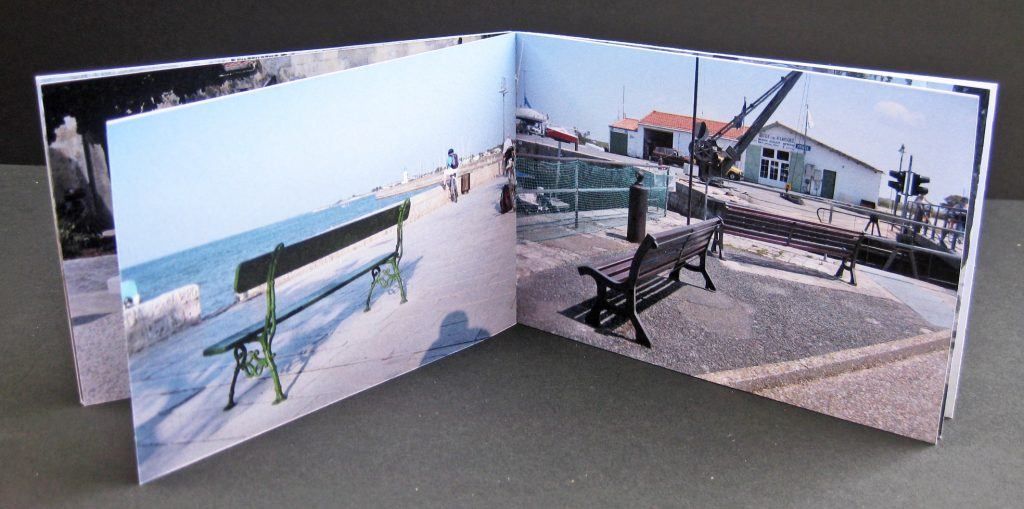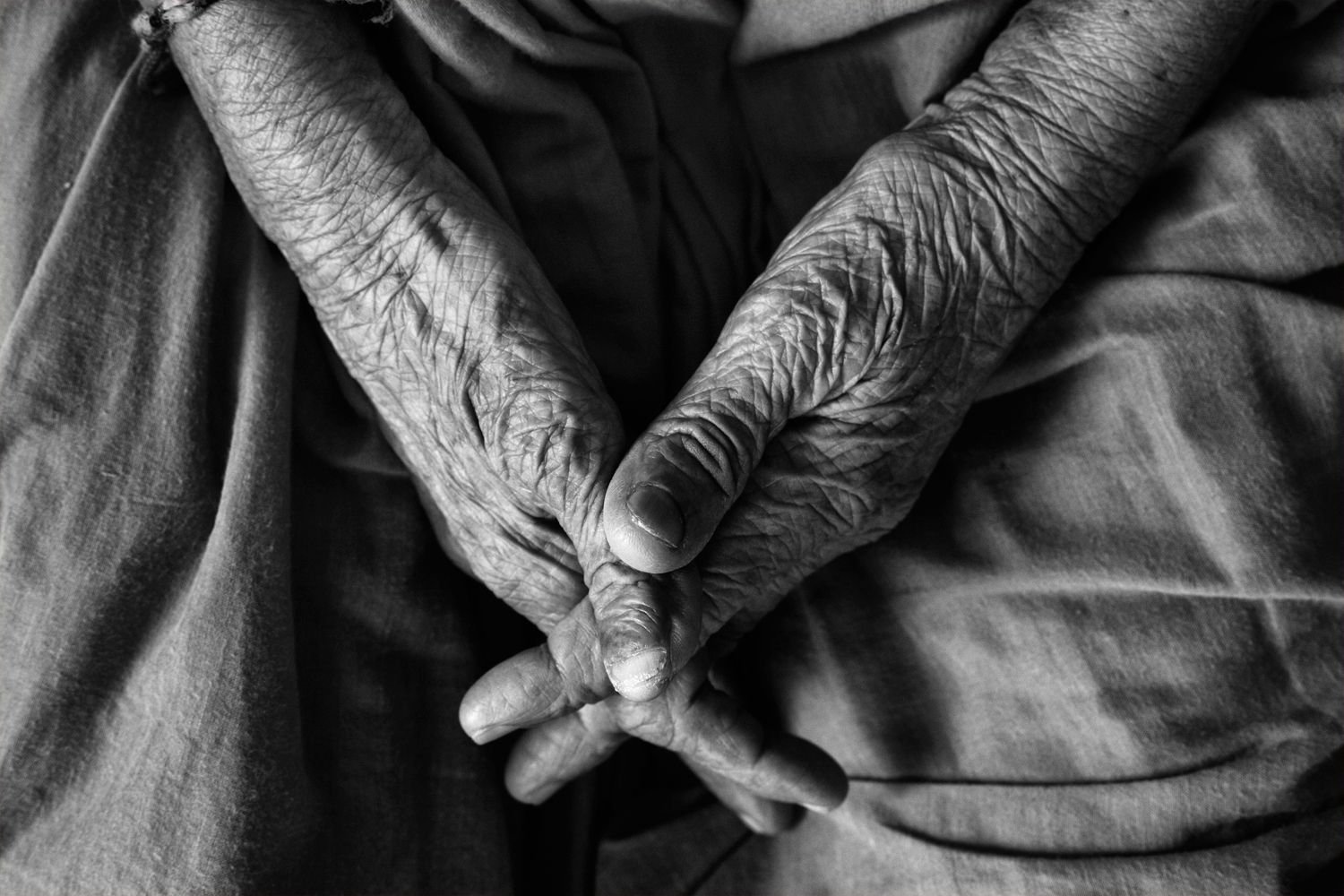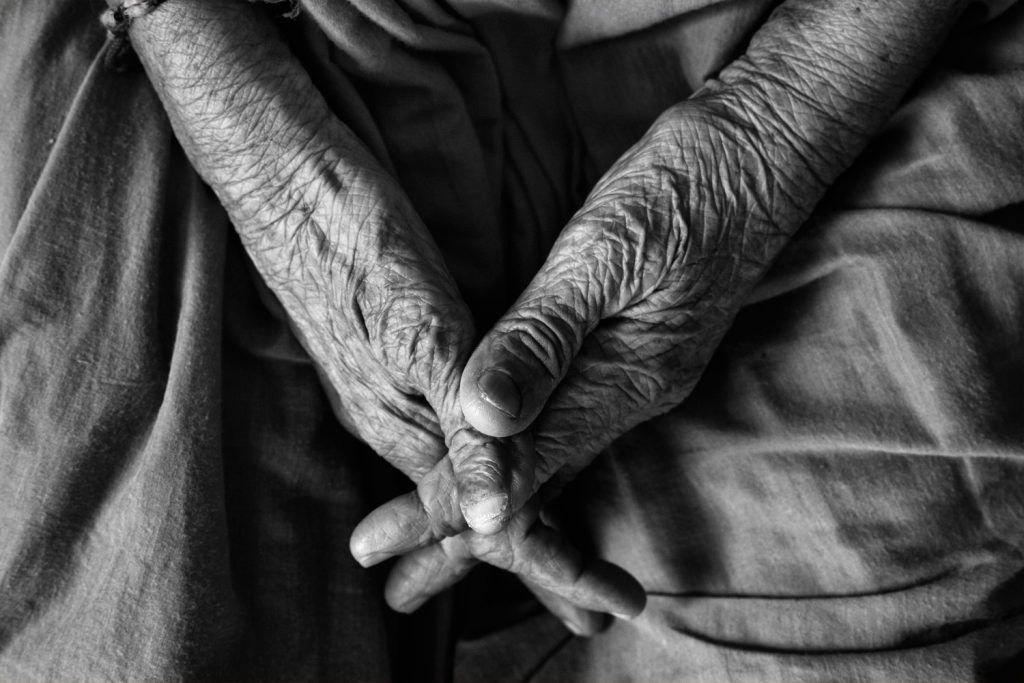Photo by Vinoth Chandar
Who doesn’t love a good story? Whether you go all the way back to prehistoric days when stories were promulgated by nothing more than word of mouth, or you consider our current state of existence in which we can tell stories in 120-character, digitally
manipulated bursts, stories matter. Stories are important to the human experience. Stories are how we document our lives and the events that shape our world. And storytelling — or documenting — is how we preserve ourselves for posterity’s sake.
Cave walls, papyrus, videotape, pages bound in a diary. The media to which we transfer our stories is diverse. Books and movies, of course, are powerful vehicles for sharing stories; equally as powerful and, perhaps, more accessible is photography. Not everyone can produce and direct a film or write and publish a book. But everyone can, at the very least, snap a photo to preserve a memory.
Discussions of documentary photography often occur within the context of significant historical events: Dorothea Lange’s Depression-era imagery, Diane Arbus’s offbeat coverage of 1950s and 1960s NYC, Lewis Hine’s impact on American child labor laws. Since the invention of the camera, photographers from every part of the world have played a vital role in preserving the facts of this planet’s social evolution.
In such a crucial context, a documentary photographer’s work is never done.
But just because an event doesn’t make a splash on a global scale doesn’t mean it’s not worth documenting. Any event that is important to any one of us can and should be made permanent, if for no other reason than being able to revisit a memory whenever the mood strikes.
If you have a story to tell, or if you’re interested in getting started in documentary photography, you should know upfront that it is not an inconsequential undertaking; you have little to no control over timing, lighting, or the subject matter itself. You must be
quick to recognize and respond to a wide range of situations, as you don’t want to miss any important moments. And, in concert with your camera, you have to translate everything going on around you into a visual story.
Still interested?
The following tips will help get you going.
Choose and Research Your Subject
This could quite possibly be the most challenging phase of the process; who is going to be the center of attention in your documentary project? It could be someone in your own family whose story you want to tell — your grandparents, perhaps. It could be a family other than your own, a neighbor, or a group of individuals employed in an occupation you find particularly intriguing. You can choose someone you know well or someone you’re not especially acquainted with.
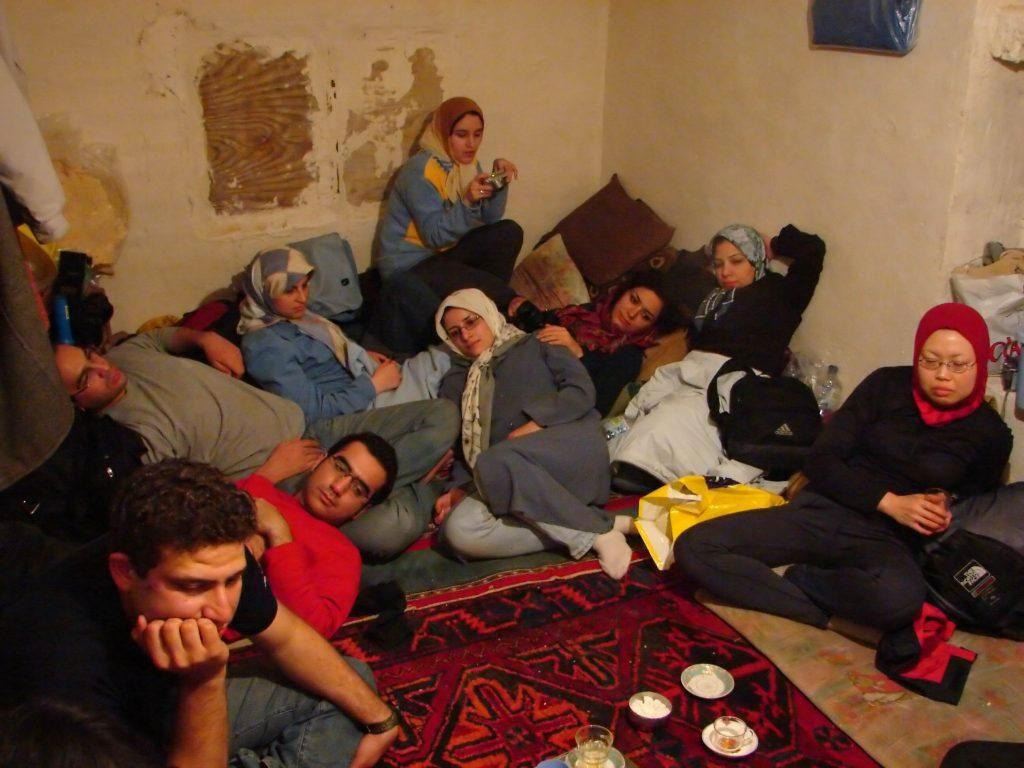
Photo by Hamed Saber
Regardless of how well you know the subject, spend some time doing research and asking questions, as this will assist you in determining how you want to present your subject and you will have at least a slight idea of what to expect during shooting.
Get Inspired and Choose a Style
Now that you know what you’re going to shoot, you need to decide how you’re going to shoot it. Will you use natural light or flash to impact mood? What do you need to do to ensure your photos are coherent and thematic? Should you do mostly wide shots or long shots? Will your finished images be color or black and white? If you need help deciding such things, take a look at great documentarians like those listed at the top of this article, or browse entries from photography contests under the appropriate category.
There’s no shortage of inspiring work out there for you to take some cues from.
"You have to translate everything going on around you into a visual story."
Get Prepared
Decide what gear you will need to pull off what you have in mind; if you need to be mobile and move quickly, a minimalistic approach will serve you best.
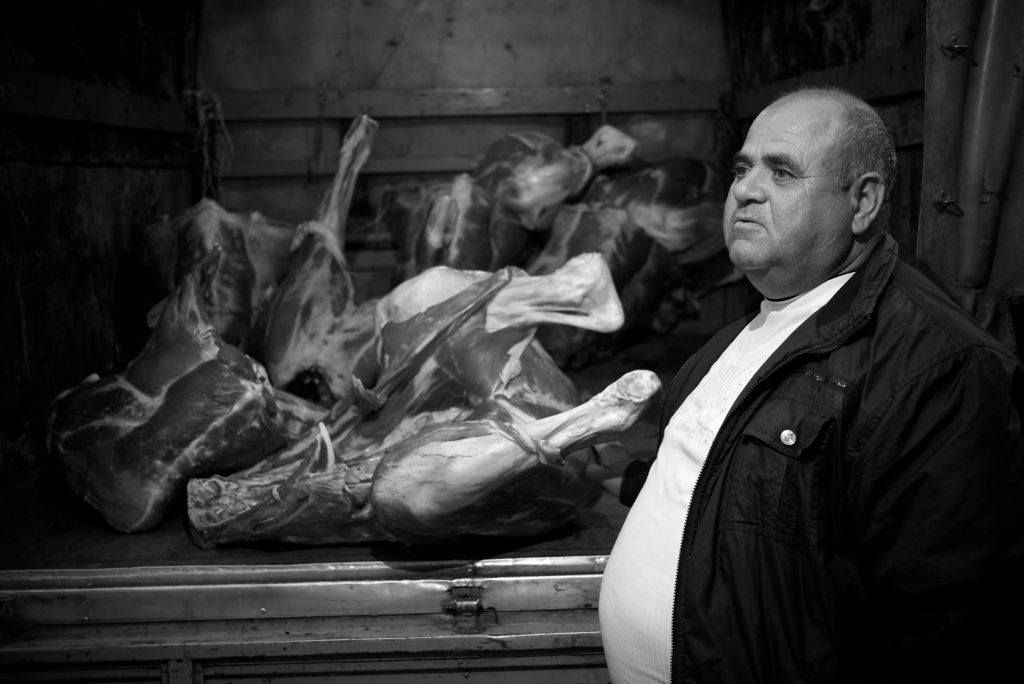
Also, obtain permission as you need it. If you are shooting at a place of business, for example, you can’t just show up with your camera and do whatever you want. It’s important to not be intrusive, so play nice with others and they will likely return the favor in kind.
Embrace Your Role as a Storyteller
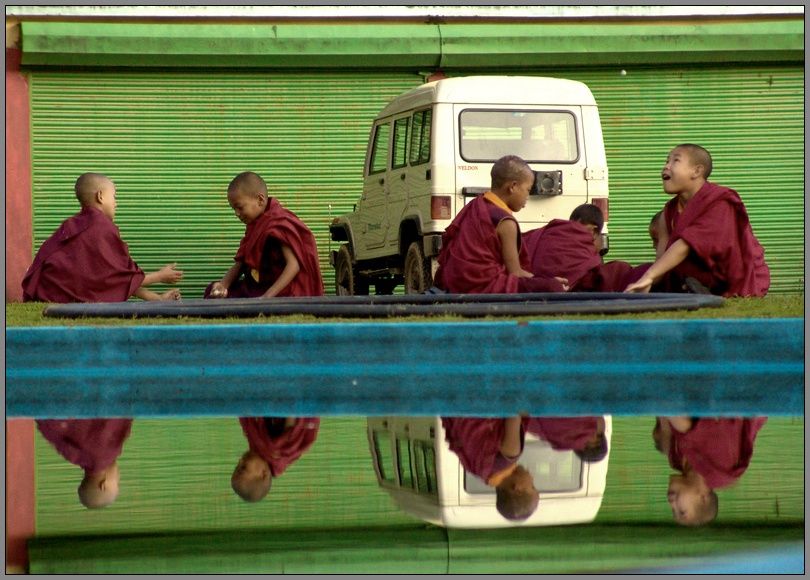
You have the responsibility of objectively telling your subject’s story; regardless of whatever stylistic decisions you make, your number one goal is to represent the truth as it relates specifically to your subject.
You are not editorializing, you are documenting.
Interact With Your Subjects
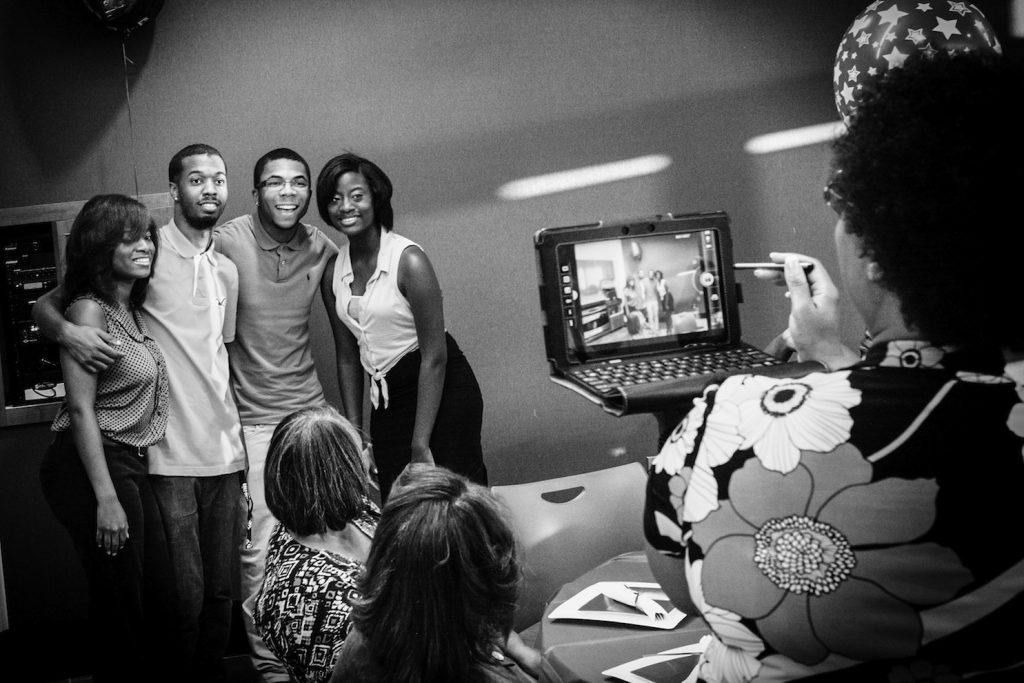
Assuming your subject matter is people focused. If so, and you aren’t going for the detached observer approach, then your work will benefit from establishing relationships with your subjects. Introduce yourself, explain a little bit about what you’re doing, ask the subjects about themselves; if your subjects are at ease and comfortable with having you around, it will be strongly reflected in your images.
Play the Waiting Game
Don’t think that the moment you walk onto your location great moments are going to start happening; it doesn’t work that way. You have to wait for things to unfold and develop at their own pace. Remain vigilant, always on the lookout for defining moments, but don’t try to rush it. Accept that it could be hours, perhaps days, before you get the shot you’re looking for.
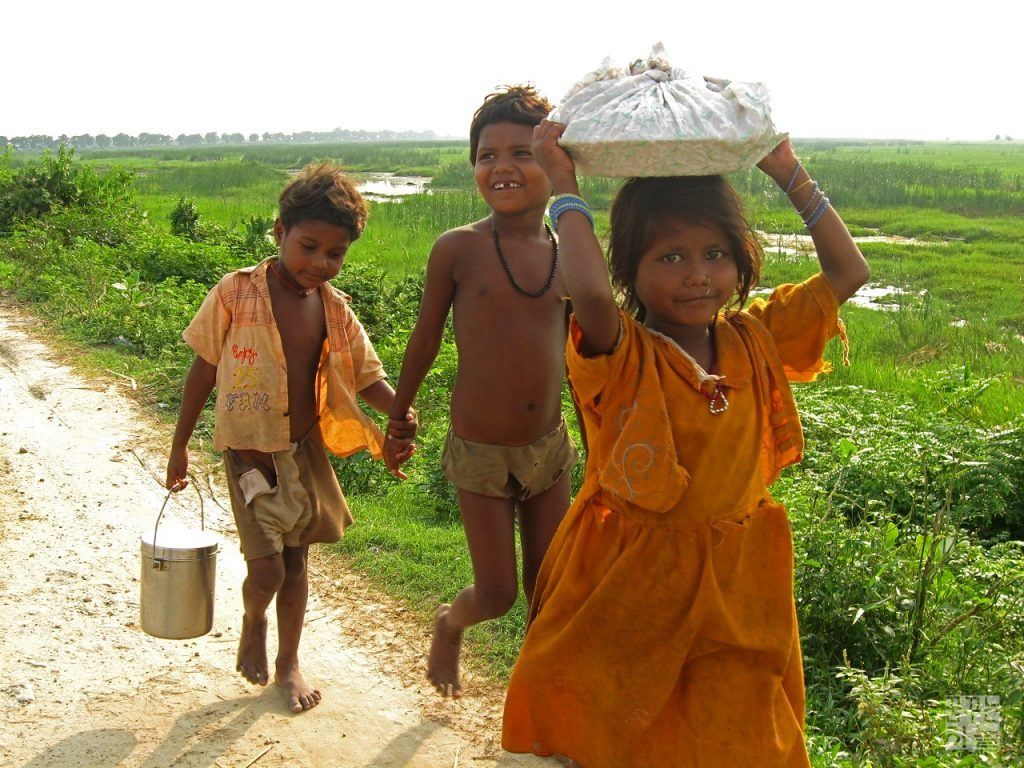
Of course, if you’re working within a limited time-frame you will need to maximize that time. In such cases, don’t become overly focused on one thing; refocus your attention elsewhere, then come back to your original target.
The Big Picture vs. Details
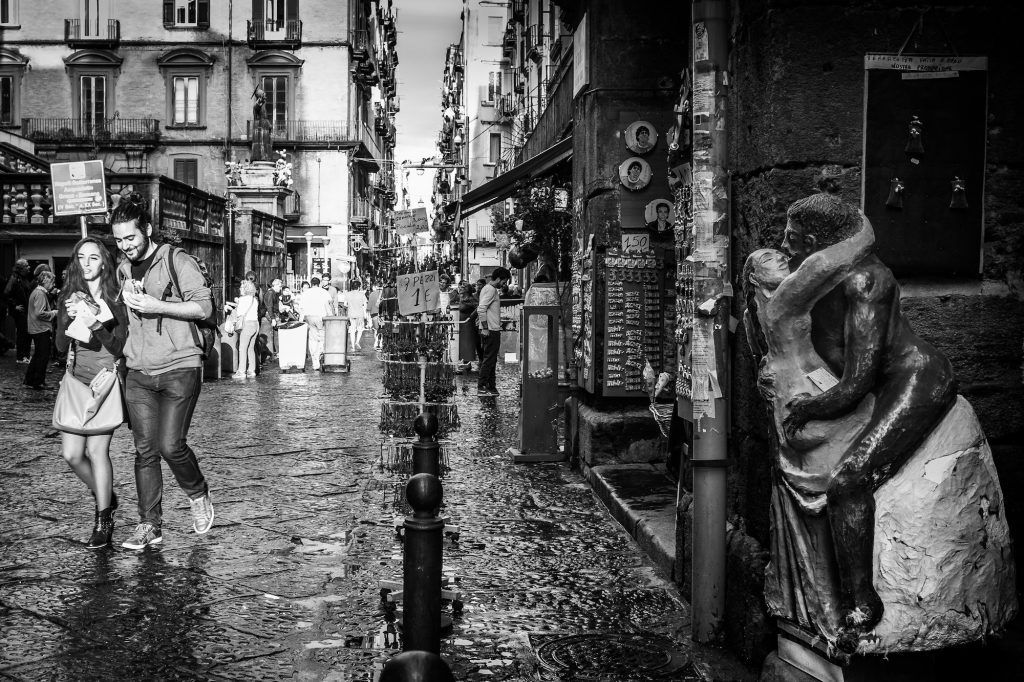
You can tell a story more effectively by using varied perspectives; don’t rely exclusively on one kind of shot. Use wide angle shots to establish the scene, and use more detailed shots to personalize the story.
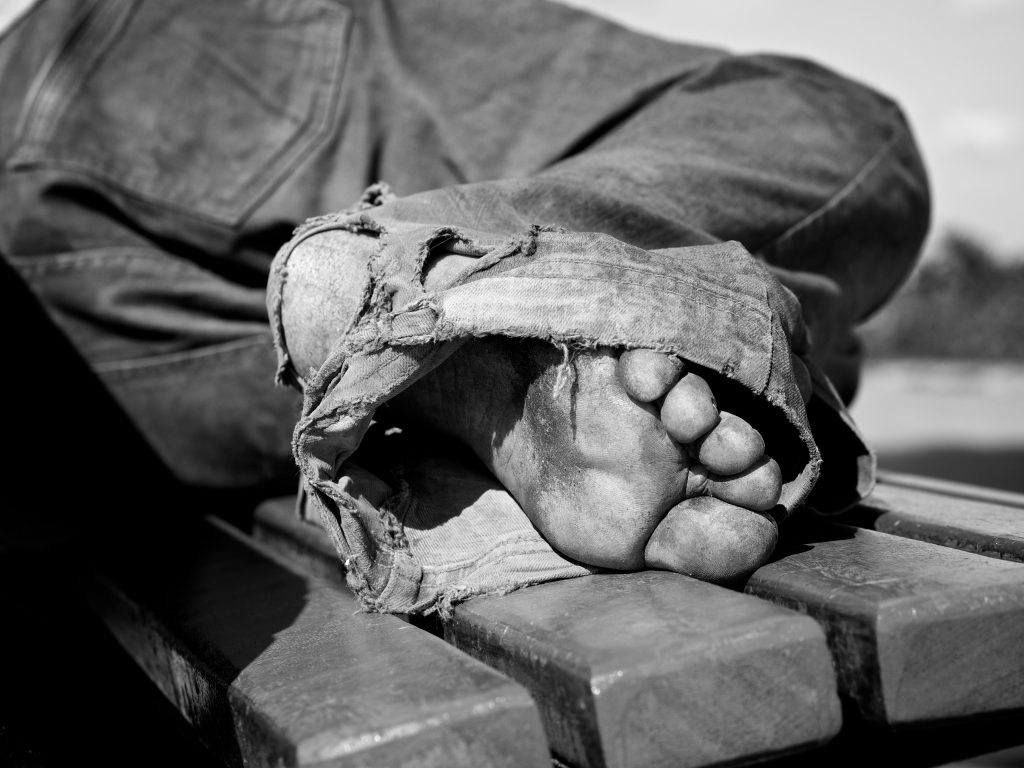
Keep Post-Processing Simple
If you rushed through the shoot or didn’t put the deserved amount of care into each shot, going overboard with post processing cannot save you; it will only call greater attention to your failure to get things right in-camera. So, in keeping with the idea of truth and reality, make sure that your images require little processing. Thoughtful framing and composition will have far more impact than unnecessary processing flourishes.
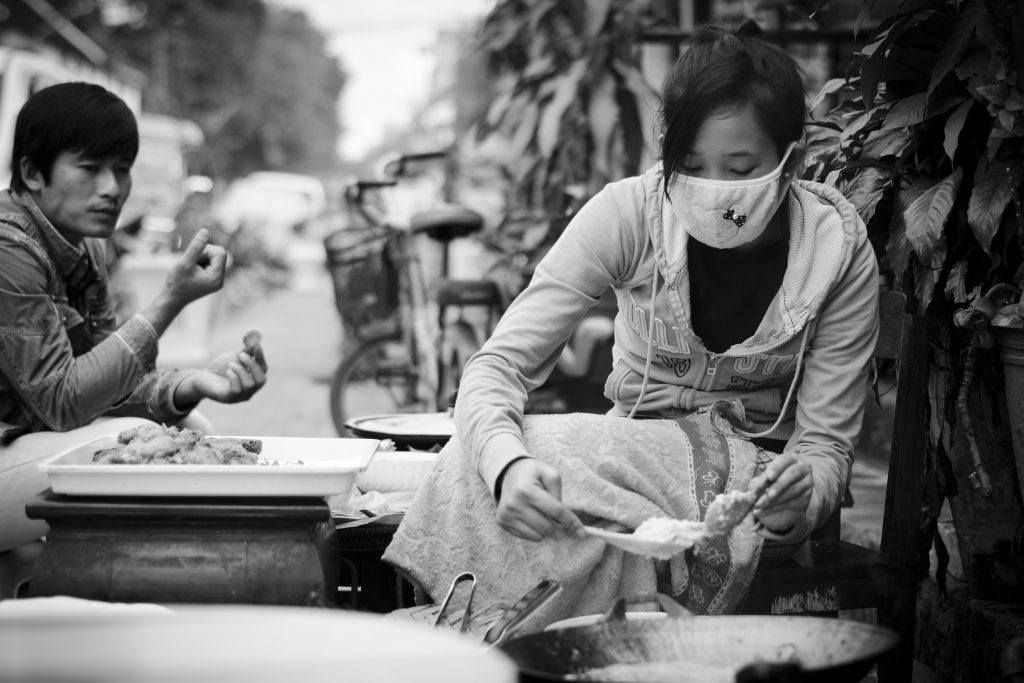
"Remain vigilant, always on the lookout for defining moments, but don't try to rush it."
It's All About Presentation
Now you get to show off all your hard work. Choose the most meaningful images and round them up into a cohesive unit; organize them in such a way that they form a story that is easy for the viewer to follow. Keep in mind that the images that have the most narrative impact may not always be the “best” shots — don’t include photos just because they look nice. Stick to images that act as vital pieces to a puzzle.
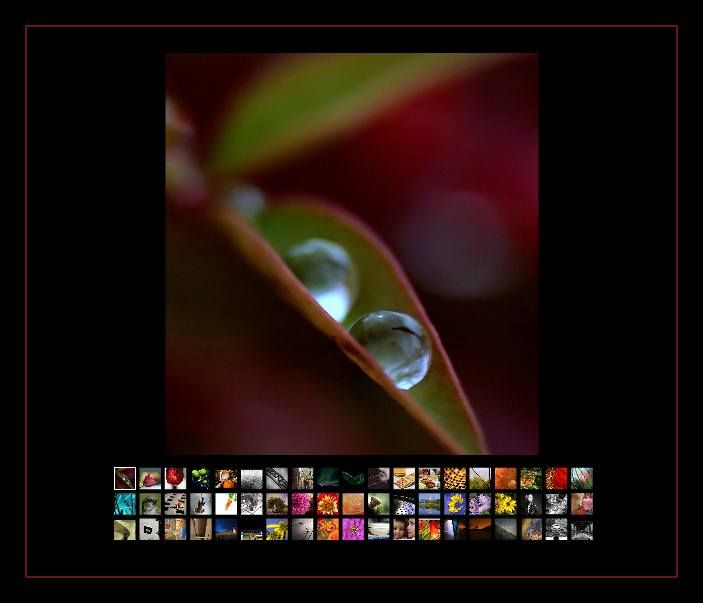
From there, decide how you want to present your final product to your viewers. You might build an online slideshow, compile a book, hang prints in a gallery — it’s up to you. Documentary photography can be a demanding but rewarding task. Give your work the treatment you know it deserves. Share the beauty of your story with the world.
